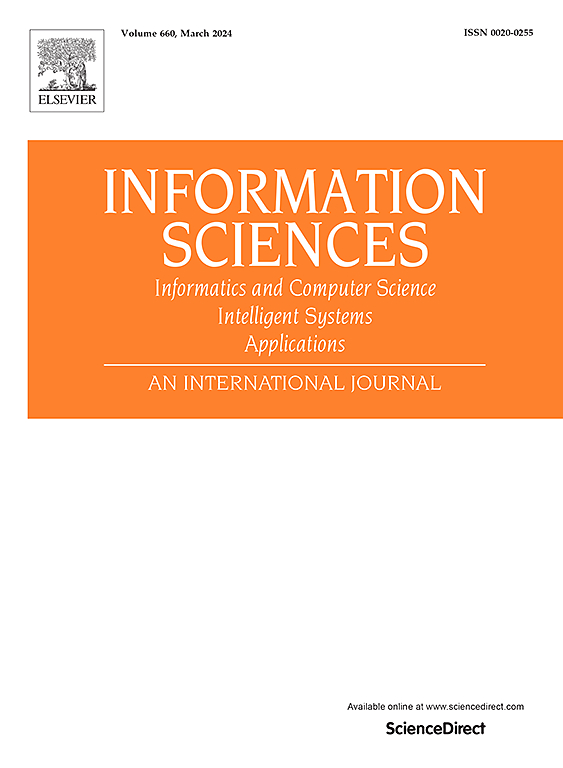Toward trustworthy identity tracing via multi-attribute synergistic identification
IF 8.1
1区 计算机科学
0 COMPUTER SCIENCE, INFORMATION SYSTEMS
引用次数: 0
Abstract
Identity tracing is a method used to determine the true identity of a subject by selecting and analyzing its relevant attributes, and it is one of the most important foundational issues in the field of social security prevention. However, traditional identity recognition technologies based on single attributes have difficulty achieving ultimate recognition accuracy, whereas deep learning-based models tend to lack interpretability. Collaborative identification using multiple attributes offers a viable approach to address these limitations and resolve issues related to data quality. In this paper, we propose the “Trustworthy Identity Tracing” (TIT) task and a Multi-attribute Synergistic Identification based TIT framework. We first established a novel identity model based on identity entropy theoretically. The individual conditional identity entropy and core identification set are defined to reveal the intrinsic mechanism of multivariate attribute collaborative identification. Based on the proposed identity model, we propose a trustworthy identity tracing framework (TITF) with multi-attribute synergistic identification to determine the identity of unknown objects, which can optimize the core identification set and provide an interpretable identity tracing process. Actually, the essence of identity tracing is revealed to be the process of the identity entropy value converging to zero. To compensate for the lack of test data, we construct a dataset of 5000 objects to simulate real-world scenarios, where 20 identity attributes are labeled to trace unknown object identities. The experiment results conducted on the mentioned dataset show the proposed TITF algorithm can achieve satisfactory identification performance. Furthermore, the proposed TIT task explores the interpretable quantitative mathematical relationship between attributes and identity, broadening identity representation from a single-attribute domain to a multi-attribute collaborative domain. It indeed provides a novel perspective for realizing credible and interpretable identification techniques in real-world scenarios.
求助全文
约1分钟内获得全文
求助全文
来源期刊

Information Sciences
工程技术-计算机:信息系统
CiteScore
14.00
自引率
17.30%
发文量
1322
审稿时长
10.4 months
期刊介绍:
Informatics and Computer Science Intelligent Systems Applications is an esteemed international journal that focuses on publishing original and creative research findings in the field of information sciences. We also feature a limited number of timely tutorial and surveying contributions.
Our journal aims to cater to a diverse audience, including researchers, developers, managers, strategic planners, graduate students, and anyone interested in staying up-to-date with cutting-edge research in information science, knowledge engineering, and intelligent systems. While readers are expected to share a common interest in information science, they come from varying backgrounds such as engineering, mathematics, statistics, physics, computer science, cell biology, molecular biology, management science, cognitive science, neurobiology, behavioral sciences, and biochemistry.
 求助内容:
求助内容: 应助结果提醒方式:
应助结果提醒方式:


